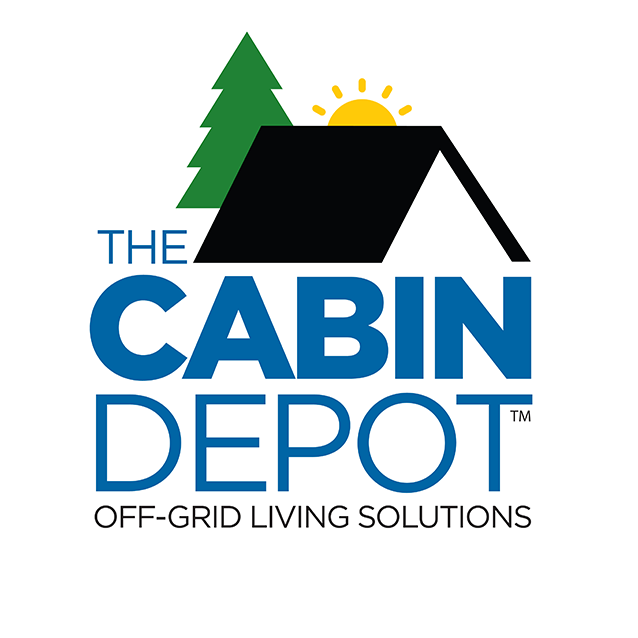Checklist & General TroubleshootingUpdated 7 months ago
Final Check List for Tankless Water Heater Installations
Use this list to help ensure the you get the best experience and results!
For more specific information to your model, please use one of the links below.
- The water heater is not subject to corrosive compounds in the air.
- The water supply does not contain chemicals or exceed total hardness that will damage the heat exchanger.
- Clearances from the water heater unit are met.
- Clearances from the vent termination / air intake are met.
- For indoor models, ensure you have used the correct venting products for the model installed and that you have completely followed the venting per manufacturer’s installation instructions.
- For indoor models, verify that the vent system does not exceed the maximum length for the number of elbows used.
- Purge the water line of all debris and air by closing the hot isolation valve and opening the cold isolation valve and its drain.Debris will damage the water heater. Use a bucket or hose if necessary.
- Ensure that hot and cold water lines are not crossed to the unit and are leak free.
- A manual gas control valve has been placed in the gas line to the water heater.
- Refer to the rating plate on the side of the water heater for BTU input.
- Clean the inlet water filter by closing the cold and hot water inlet isolation (shut-off) valves. Put a bucket under the filter at the bottom of the water heater to catch any water that is contained inside the unit. Unscrew the water filter. Rinse the filter to remove any debris. Install the filter and open the isolation valves.
- Check the gas lines and connections for leaks.
- Confirm that the gas inlet pressure is within limits.
- Confirm that the water heater is rated for the gas type supplied.
- Verify the temperature controller is functioning properly.
- Verify the system is functioning correctly by connecting your manometer to the gas pressure test port on the water heater. Operate all gas appliances in the home or facility at high fire. The inlet gas pressure at the water heater must not drop below that listed on the rating plate.
- DO NOT introduce toxic chemicals such as those used for boiler water treatment to the potable water used for space heating.
- If the water heater is not needed for immediate use, then drain the water from the heat exchanger.
- Do not block the vent termination or air intake.
- Review the operation of the water heater, safety guidelines, maintenance, and warranty.
- The installation must conform with local codes or, in the absence of local codes, with the National Fuel Gas Code, ANSI Z223.1/NFPA 54, or the Natural Gas and Propane Installation Code, CSA B149.1. If installed in a manufactured home, the installation must conform with the Manufactured Home Construction and Safety Standard, Title 24 CFR, Part 3280 and/or CAN/SCA Z240 MH Series, Mobile Homes.
Keep the manual close by :)
Having Issues Firing it Up For the First time?
1. Check for proper gas supply: Ensure that the propane tank has enough fuel and that the gas supply valve is fully open. You can also try turning off the gas supply valve, waiting a few minutes, and then turning it back on to reset any gas pressure issues.
2. Verify proper ventilation: Tankless water heaters require adequate ventilation to operate safely and efficiently. Make sure that the venting system is clear of any obstructions or debris that could restrict airflow. Blocked vents can cause the unit to shut down or not function properly.
3. Check for ignition problems: If the water heater does not ignite, it may be due to a faulty igniter or a gas flow issue. Inspect the igniter for any damage or wear. Clean it if necessary, or replace it if it appears to be faulty. If the gas flow is insufficient, you may need to consult a professional to check the gas pressure regulator or gas valve.
4. Inspect the burner assembly: The burner assembly can accumulate dirt, dust, or debris over time, affecting its performance. Carefully remove any buildup or residue from the burner using a soft brush or compressed air. Be cautious and follow safety guidelines when working with the burner assembly.
5. Check for water flow issues: If you notice reduced water flow or inadequate hot water, it could be due to a clogged filter or a mineral buildup in the heat exchanger. Clean or replace any filters as needed. If mineral scaling is a recurring issue, consider installing a water softener or descaling the unit.
6. Verify proper water pressure: Inadequate water pressure can impact the performance of a tankless water heater. Check the water pressure at the water heater and compare it to the recommended operating range specified by the manufacturer. Adjust the pressure accordingly if needed.
7. Consult the user manual: Always refer to the user manual provided by the manufacturer for specific troubleshooting steps and safety precautions. It will provide detailed instructions and guidance on addressing common issues with your specific model of propane tankless water heater.
*If you encounter persistent problems or are unsure about performing any troubleshooting steps, it is recommended to contact a professional installer before reaching out to support.
